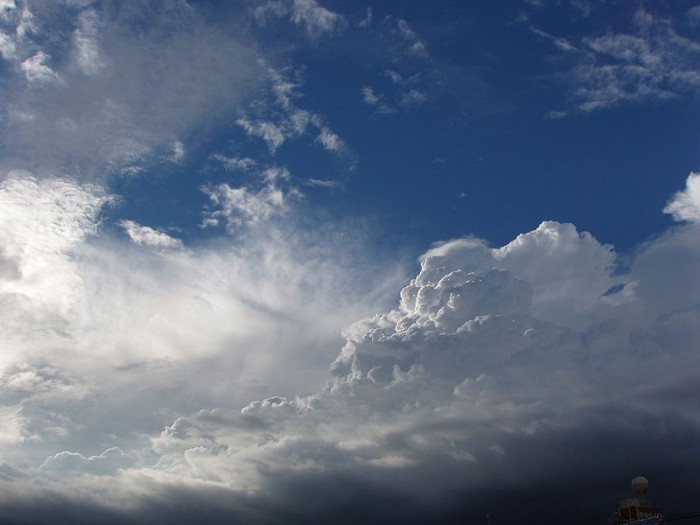It is a totally false metric, one that is derived by ignoring whole segments of job loss categories, such as the oil sector, ignoring people who have dropped out of the workforce, to one that simple touts the gains in low-wage part-time jobs as employment gains and economic health.
For example March’s report added a whopping 295,000 jobs adding to the 13th consecutive month increase of 200K+ new jobs…
To be sure, economists these days are better known as weathermen, quick to blame every economic disappointment
on the weather.
Wages for 80% of the population are once again sliding:
In a recovering economy, you’d think that most of the economists’ optimistic expectations would be at least on target, or above. But the reality is, they have been wrong about at least 43 metrics.
Below is a selection of the economic data points that have missed expectations in just the past month. As Zerohedge reports:
MISSES
- Personal Spending
- Construction Spending
- ISM New York
- Factory Orders
- Ward’s Domestic Vehicle Sales
- ADP Employment
- Challenger Job Cuts
- Initial Jobless Claims
- Nonfarm Productivity
- Trade Balance
- Unemployment Rate
- Labor Market Conditions Index
- NFIB Small Business Optimism
- Wholesale Inventories
- Wholesale Sales
- IBD Economic Optimism
- Mortgage Apps
- Retail Sales
- Bloomberg Consumer Comfort
- Business Inventories
- UMich Consumer Sentiment
- Empire Manufacturing
- NAHB Homebuilder Confidence
- Housing Starts
- Building Permits
- PPI
- Industrial Production
- Capacity Utilization
- Manufacturing Production
- Dallas Fed
- Chicago Fed NAI
- Existing Home Sales
- Consumer Confidence
- Richmond Fed
- Personal Consumption
- ISM Milwaukee
- Chicago PMI
- Pending Home Sales
- Personal Income
- Personal Spending
- Construction Spending
- ISM Manufacturing
- Atlanta Fed GDPNow
“So a pattern emerges: we have an economy in which jobs and only jobs are acting as if there is a strong recovery, while everything else is sliding, disappointing economists, and in fact hinting at another contraction (whatever you do, don’t look at the Fed’s internal model of Q1 GDP).
To be sure, economists these days are better known as weathermen, and so they are quick to blame every economic disappointment on the weather. Because, you see, they were unaware it was snowing outside when they provided their forecasts about the future, a future which should be impacted by the snowfall that day, and which they promptly scapegoat as the reason for their cluelessness.
Yet one wonders: why didn’t the harsh snow (in the winter) pound February jobs as well? Recall last year’s payroll disappointments were immediately blamed on the weather which was just as “harsh” as this year. Why the difference?” laments Zerohedge.
Because, just like weathermen, their predictions are now just as dependable as the rainy-turned-sunny days, now more aptly, their predicted sunny days turning dark.



